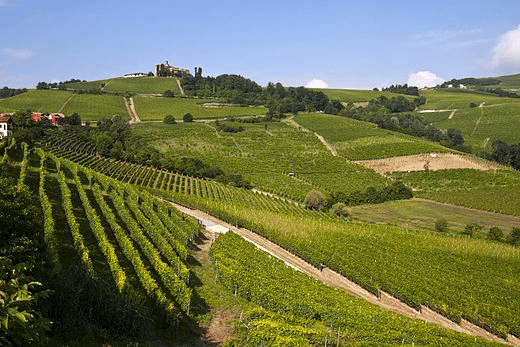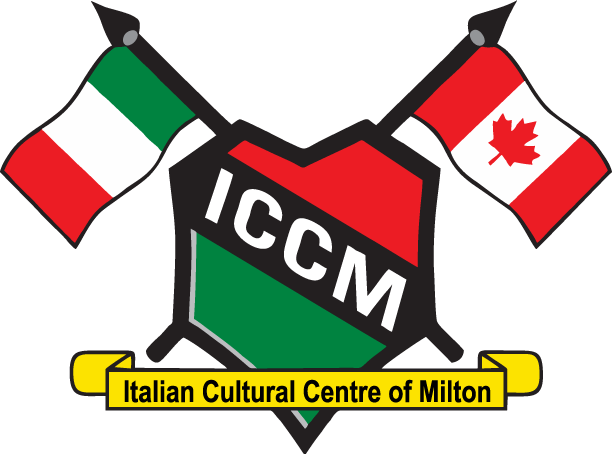Piemonte
Piemonte is located in the northwestern part of Italy and is the second largest region of Italy’s 20 regions. Piemonte borders with France, Switzerland and the region of Aosta Valley, Lombardy, Liguria, and Emilia Romagna. Piemonte is surrounded on three sides by the Alps. It is fitting that its name derives from the Latin word “Pedemontium”, meaning “at the foot of the Mountains”.
Piemonte is known for its exquisite wines, Barolo and Barbaresco, the two classic wines of this region. They are both made from the Nebbiolo grape and hold the distinctive highest quality mark of DOCG. The Denominazione di Origine Controllata e Garantita (DOCG), is the highest quality level.
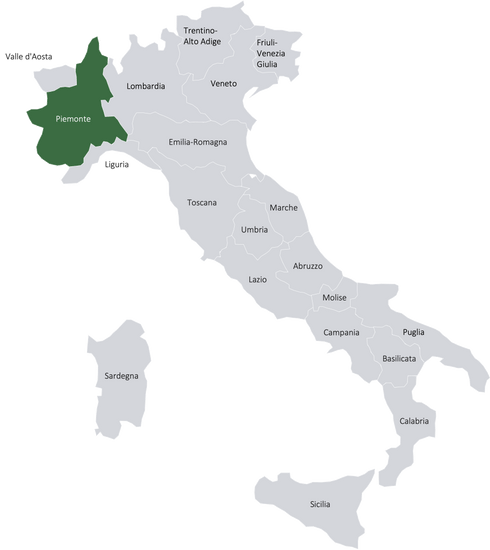
Piemonte is also known for Fiat cars, Fila and Kappa sportswear, Alessi household goods, Ferrero Confectionary, Lavazza coffee, Martini Bacardi Campari, Asti Spumante, the white truffle, ski resorts and the Shroud of Turin.The largest expanse of water in Piedmont is Lake Maggiore which the region shares with Lombardy. In the middle of Lake Maggiore are the beautiful Borromean Islands of Isola dei Pescatori, Isola Bella and Isola Madre, the last two of which are dominated by spectacular gardens. To the west of Lake Maggiore lies another beautiful lake, Lake Orta.
Capital – Torino or Turin
Torino is situated at the foot of the Alps. It is the first capital of Italy after unification in 1861. Design, innovation, industry and architecture are synonymous with Torino. It is well known for its Baroque, Rococo, Neo-classical, and Art Nouveau architecture. Most of its castles, gardens and palazzi were built between the 16th and 18th century. Torino is a vibrant city where the modern world meets great historical landmarks.
Foods of Piemonte
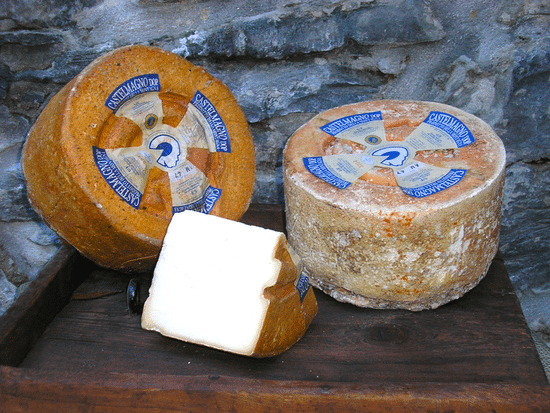
Castelmagno
It is a cheese made from cow’s milk which may have same amounts of sheep or goat milk added to it. It is a creamy but strong flavoured cheese which is added to gnocchi or risotto.

Piemonte Beef
Fassona beef is one of Italy’s best meats. It is a lean, tender beef used as carpaccio.
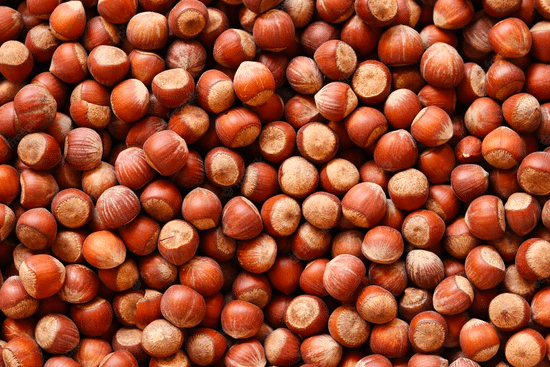
Hazelnuts
Used in almost all Piemonte’s favourite desserts including gelato, cakes, nougat, cheeses, and meats.
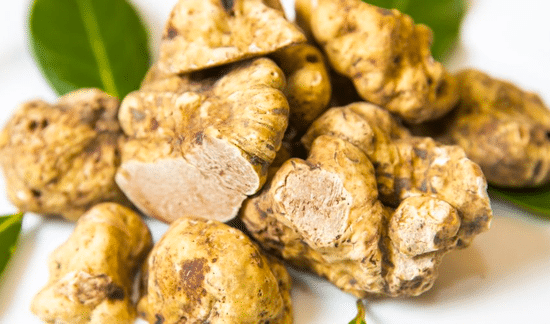
White Truffle
Are found in the forests of Alba. it consists of very strong, earthy flavours. It is cut paper thin and added to pasta, risotto, eggs, and meat.
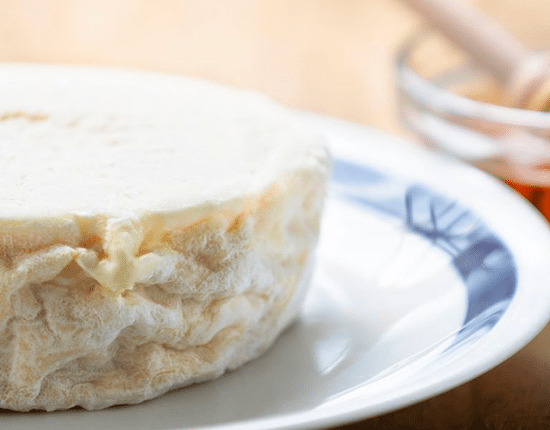
Robiola di Roccaverano
A soft cheese made from goat’s milk.
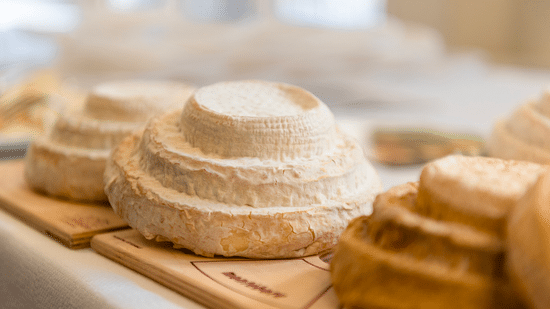
Montebore
A cheese made with raw cow’s milk. It has a chestnut flavour.
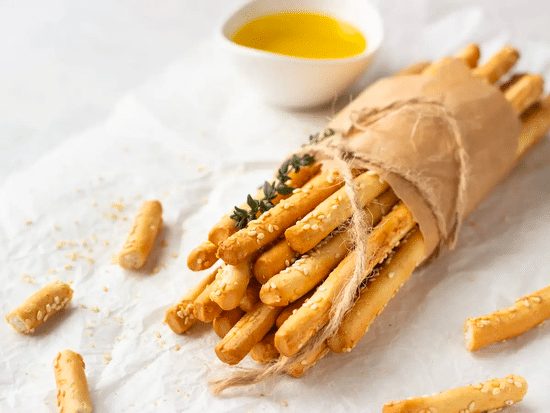
Grissini
Long, crispy breadsticks.
UNESCO World Heritage Sites in Piemonte
Residences of the Royal House of Savoy
Metropolitan City of Turin, Cuneo
This site comprises 22 palaces and villas constructed to demonstrate the power of the ruling monarchy following the move of the capital of the House of Savoy to Turin by Emmanual Philibert in 1562. The buildings, mostly in Baroque style, are representative of 17th and 18th century European monumental architecture. A minor boundary modification took place in 2010. The Palazzina di Caccia of Stupinigi is pictured.
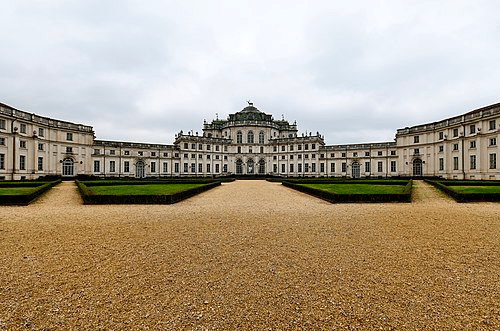
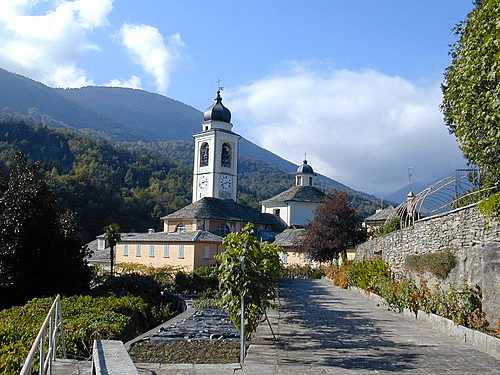
Sacri Monti of Piedmont and Lombardy
The phenomena of Sacri Monti (Sacred Mountains) began at the end of the 15th century with an aim of creating alternative pilgrimage and prayer sites due to inaccessibility of the Holy Land. The site comprises nine such complexes in Piedmont and Lombardy built in the late 16th and 17th centuries. They are rich in arts and are well integrated into the landscape. The Sacred Mount Calvary of Domodossola is pictured.
Ivrea, Industrial City of the 20th Century
Metropolitan City of Turin
The Industrial City of Ivrea was founded in 1908 by Camillo Olivetti, head of the company Olivetti S.p.A. which produced typewriters, mechanical calculators, and office computers. The city was, mostly between 1930 and the 1960s, designed in line with the ideas of the political community movement. The complex includes industrial, residential, and public buildings, and expresses a modern vision of the relationship between industrial production and architecture. A minor boundary modification took place in 2021.

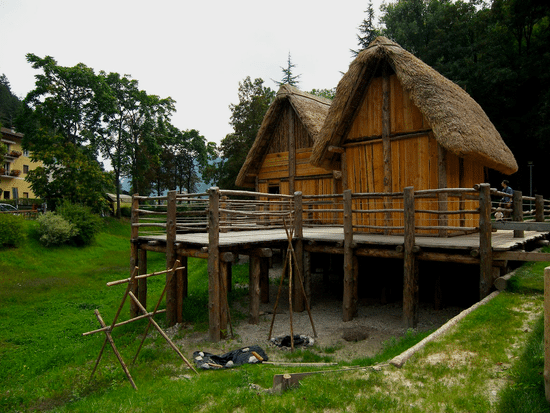
Prehistoric Pile Dwellings around the Alps
Several Sites
The dwellings are shared with Austria, France, Germany, Slovenia, and Switzerland. There are 111 small individual sites of prehistoric pile-dwelling (or stilt house) settlements in and around the Alps built from around 5000 to 500 BCE on the edges of lakes, rivers, or wetlands. They contain a wealth of information on life and trade in Neolithic and Bronze Age cultures in Alpine Europe. Nineteen sites are located in Italy.
Vineyard Landscape of Piedmont: Langhe-Roero and Monferrato
Alessandria, Asti, Cuneo
Winegrowing and processing area for Piemonte wine took place already at least in the 5th century BC. The cultural landscape contains vineyards, villages, cellars, farms, and Romanesque churches. The site comprises five wine-producing areas and the Castle of Grinzane Cavour.
